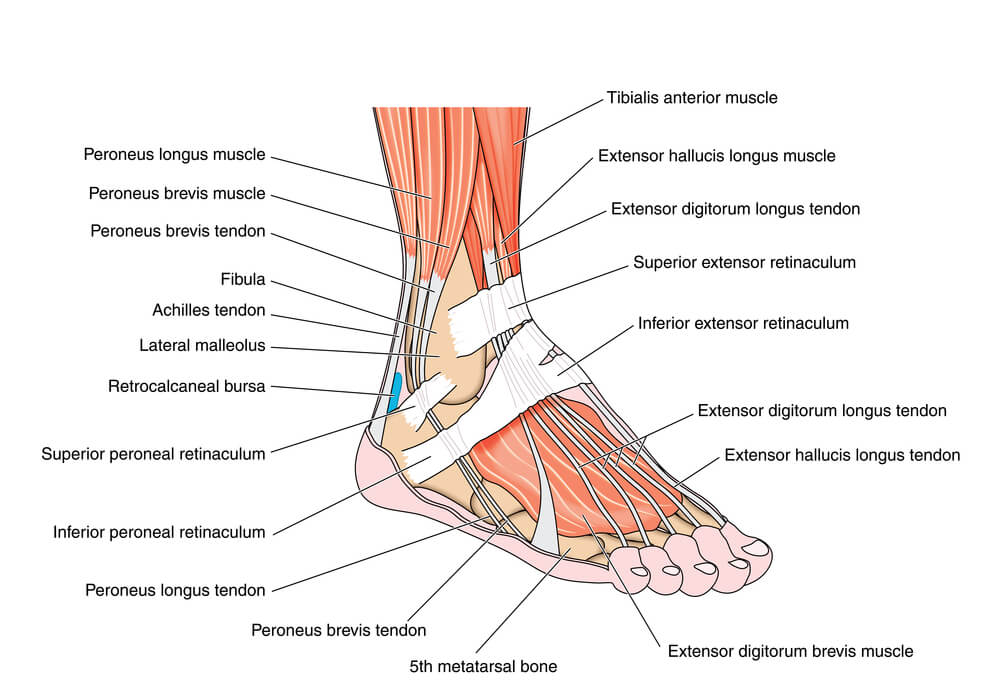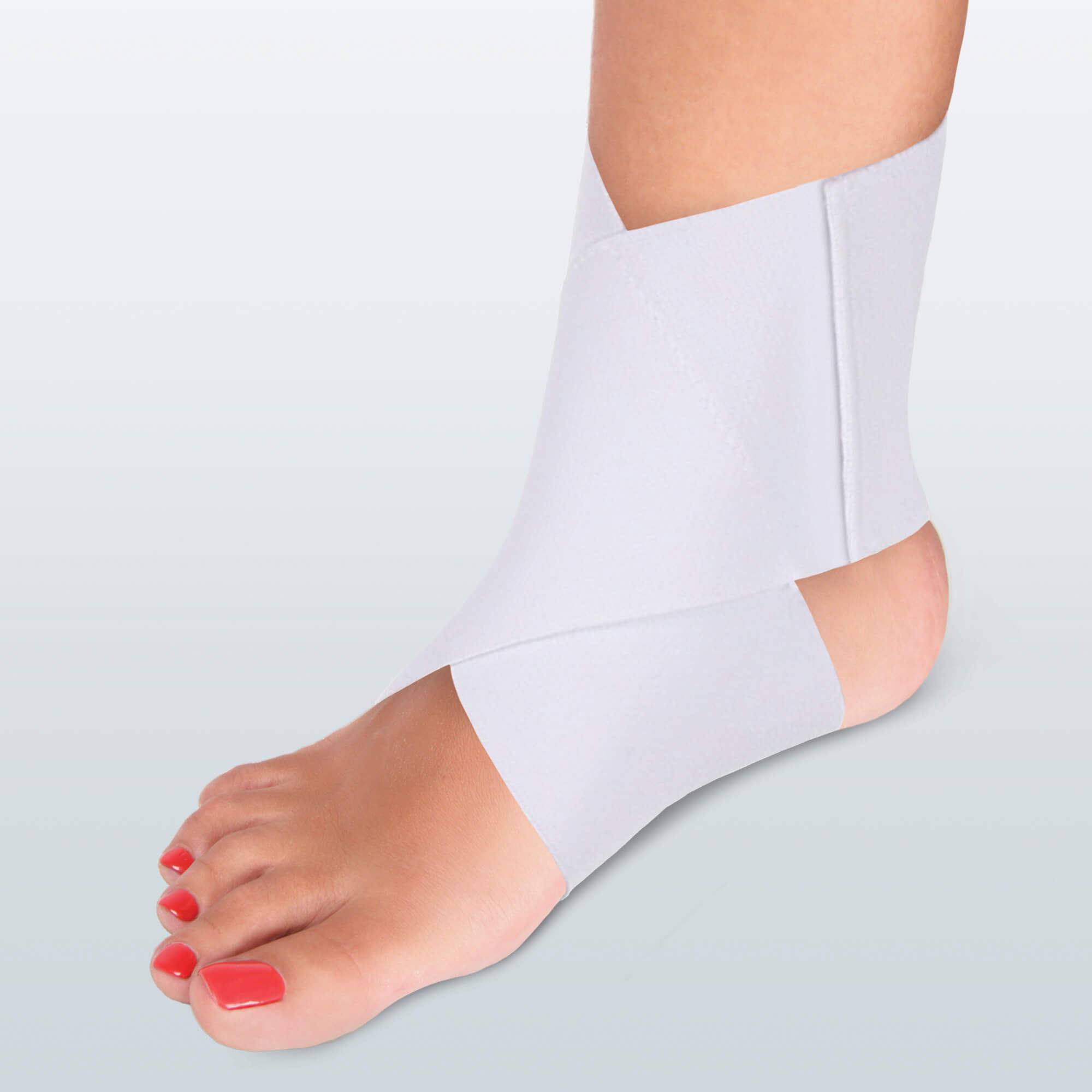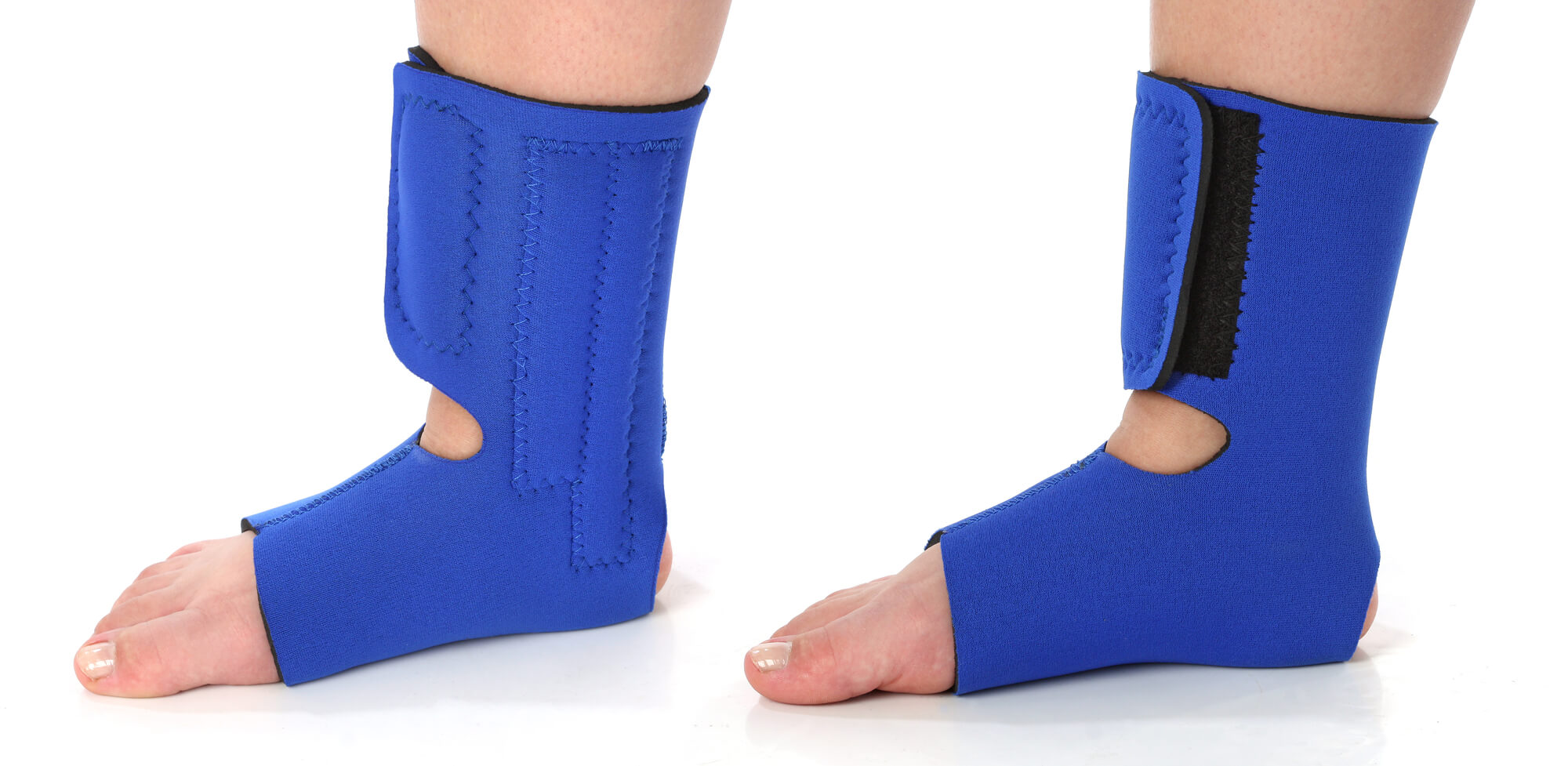Foot Joint Instability: Symptoms, Causes & Treatment
Joint instability is a common condition that affects many people. When it comes to the feet, joint instability can be debilitating and painful, making it difficult to walk, run, or even stand for long periods. Understanding the symptoms, causes, and treatment options for foot joint instability is essential for managing and preventing this condition.
What is Foot Joint Instability?
Foot joint instability is a condition in which the joints in the feet cannot properly support the body's weight. This can lead to pain, discomfort, and difficulty walking. The feet' joints are complex structures consisting of bones, ligaments, tendons, and cartilage. These structures work together to provide stability and support for the feet. When joint instability occurs, these structures can become damaged or weakened, leading to pain and difficulty moving the affected joint.

Symptoms of Foot Joint Instability
The symptoms of foot joint instability can vary depending on the condition's cause and severity. Common symptoms include:
- Pain and discomfort in the affected joint
- Swelling and redness in the affected area
- Limited range of motion in the affected joint
- Weakness or instability in the affected joint
- Difficulty walking or standing for long periods
If you experience any of these symptoms, it is important to see a podiatrist or an orthopedic specialist to determine the cause of your joint instability and the best course of treatment.

Causes of Foot Joint Instability
There are several different causes of foot joint instability. Some of the most common causes include:
- Trauma or injury to the foot: A sprain or dislocation of the foot can cause joint instability.
- Overuse or repetitive stress on the foot: Overuse of the foot can cause the foot's ligaments, tendons, and cartilage to become damaged or weakened.
- Certain medical conditions: Certain medical conditions, such as osteoarthritis, rheumatoid arthritis, and flat feet, can cause joint instability.
- Weakness in the muscles and tendons of the foot: If the muscles and tendons in the foot are weak, they may not support the joints properly, leading to joint instability.
Diagnosis and Treatment of Foot Joint Instability
If you suspect foot joint instability, you must see a podiatrist or orthopedic specialist for a proper diagnosis. A podiatrist or orthopedic specialist will perform a physical examination of your foot and may also order imaging tests such as x-rays or MRIs to understand the condition better.
There are several treatment options available for foot joint instability, including:
- Conservative treatments: Resting the affected joint, physical therapy, and orthotics can help reduce pain and improve the stability of the affected joint.
- Injection therapy: Injection of corticosteroids or other anti-inflammatory drugs can help reduce pain and inflammation in the affected joint.
- Surgery: In some cases, surgery may be necessary to repair or stabilize the affected joint. Minimally invasive surgery options are available, which involve a small incision and special instruments to repair the affected joint.

Prevention of Foot Joint Instability
Preventing foot joint instability is key to avoiding the condition altogether. Here are some preventative measures that can be taken to reduce the risk of developing foot joint instability:
- Stretching and strengthening exercises for the foot and ankle: Regularly stretching and strengthening the muscles and tendons in the foot can help maintain their strength and support the joints properly.
- Wearing proper footwear: Wearing shoes that fit properly and provide proper support can help reduce the risk of overuse injuries and joint instability.
- Maintaining a healthy weight: Being overweight can put extra stress on the joints in the feet, leading to instability. Keeping a healthy weight can help reduce this risk.
- Avoid high-impact activities if prone to foot joint instability: High-impact activities such as running or jumping can put extra stress on the joints in the feet. If you are prone to joint instability, it may be best to avoid these types of activities or to take steps to protect the joints during these activities.
Conclusion
Foot joint instability is a common condition that can cause pain and difficulty walking. Understanding the symptoms, causes, and treatment options for foot joint instability is essential for managing and preventing this condition. If you suspect foot joint instability, you must see a podiatrist or orthopedic specialist for a proper diagnosis and treatment. With the right treatment and preventative measures, it is possible to reduce pain and improve the stability of the affected joint.
FAQ
How do you treat joint instability?
Treatment for joint instability depends on the cause and severity of the condition. Conservative treatments such as rest, physical therapy, and orthotics can help reduce pain and improve the stability of the affected joint. Injection therapy with corticosteroids or other anti-inflammatory drugs can also reduce pain and inflammation. Surgery may sometimes be necessary to repair or stabilize the affected joint. It's best to consult with a healthcare professional, such as a podiatrist or orthopedic specialist, to determine the best treatment for your specific case.
How do you know if you have joint instability?
Symptoms of joint instability can include pain and discomfort in the affected joint, swelling and redness in the affected area, limited range of motion in the affected joint, weakness or instability in the affected joint, and difficulty walking or standing for long periods. If you experience any of these symptoms, it is important to see a healthcare professional, such as a podiatrist or orthopedic specialist, for a proper diagnosis.
What causes loss of stability in a joint?
There are several causes of joint instability, including trauma or injury to the joint, overuse or repetitive stress on the joint, certain medical conditions such as osteoarthritis or rheumatoid arthritis, and weakness in the muscles and tendons that support the joint.
What factors affect the stability of a joint?
Factors that can affect the stability of a joint include the health and strength of the ligaments, tendons, and cartilage that support the joint, the alignment and shape of the bones that make up the joint, and the overall health and fitness of the muscles and tendons that support the joint. Factors such as obesity, overuse, and age can also contribute to joint instability.

